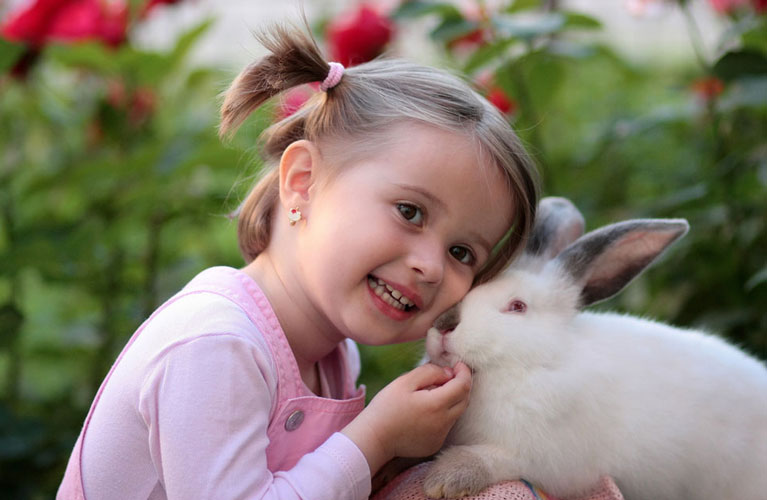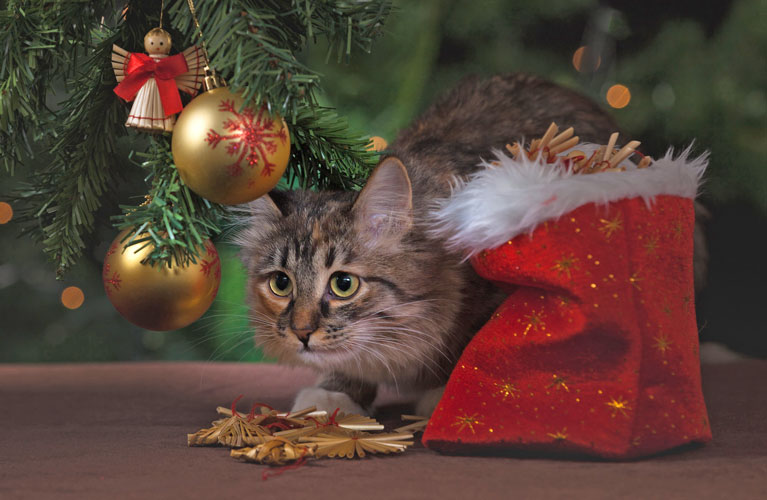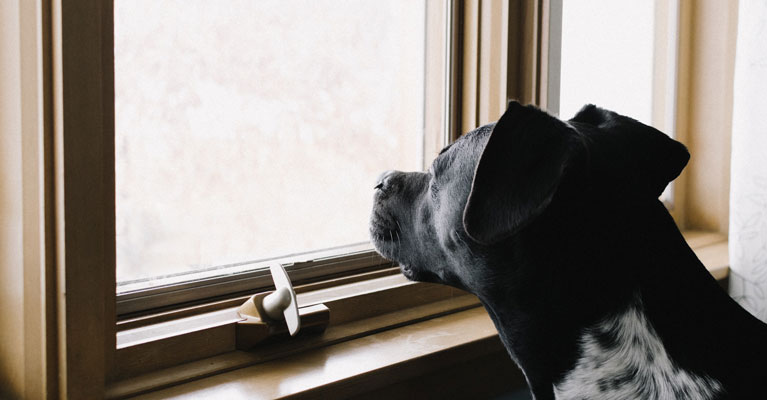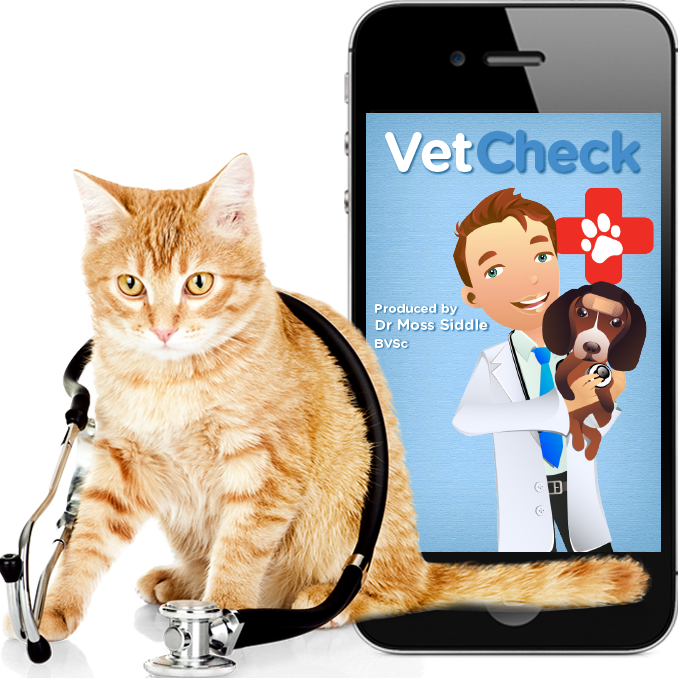Articles
Subscribe to our Monthly newsletter and get our latest articles and special offers delivered straight to your inbox.
Subscribe
What is Periodontal disease?


Periodontal disease is the most common form of dental disease in dogs. It is caused by an accumulation of plaque on teeth and around gums, which eventually builds up to form hard, mineralised tartar called calculus (the brown material seen on the teeth in the photo above). This leads to gingivitis (inflammation of the gums) which can then progress to infection and destruction of the bone around the tooth resulting in the tooth becoming loose.
This process is very painful and can also result in severe bacterial infections in the bones of the jaw but also spread of bacteria to other organs in the body e.g. heart, lungs, kidneys. The picture and x-rays above show very advanced periodontal disease with severe bone loss around the upper premolars and canine (indicated by the red arrows on the x-ray).
Once this process begins it is difficult to stop and often severely diseased teeth must be removed, so prevention is a far better option. Prevention means doing everything we can to keep your pet’s teeth clean, through a combination of teeth brushing or oral wipes, special diets and treats designed to clean teeth as they chew, and food/water additives that can help to reduce plaque.
Regular dental check-ups with your vet will help to detect any early signs of tartar buildup and gingivitis, and if present your vet may recommend dental assessment and cleaning under general anaesthesia. Anaesthesia is essential for thorough assessment and cleaning of the teeth in animals. It is simply not possibly to safely and thoroughly examine and clean all surfaces of the teeth above and below the gum line without anaesthesia, not to mention it is far less stressful for the pet. Anaesthesia also allows us to perform x-rays of the mouth, which can help to detect problems around the roots of teeth or in the surrounding bone, and in some cases we may find teeth that need removing.
After x-rays and thorough mouth examination, an ultrasonic scaler is used to remove tartar and calculus, and then the surface of the teeth is polished to restore the enamel. These instruments cannot be used safely in a conscious animal. It is natural to feel a little apprehensive about general anaesthesia, however most dogs and cats will recover very well and typically pets only need a day stay in hospital for this procedure.
If you are concerned about your pet’s teeth, book an appointment with one of our friendly vets to discuss the best options for your pet.
Latest Posts
Platinum Paws
Would you like you annual vets costs spread out monthly, plus bonus services and discounts? Join Platinum Paws Proactive Pet Care Club today.
More




